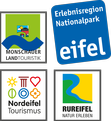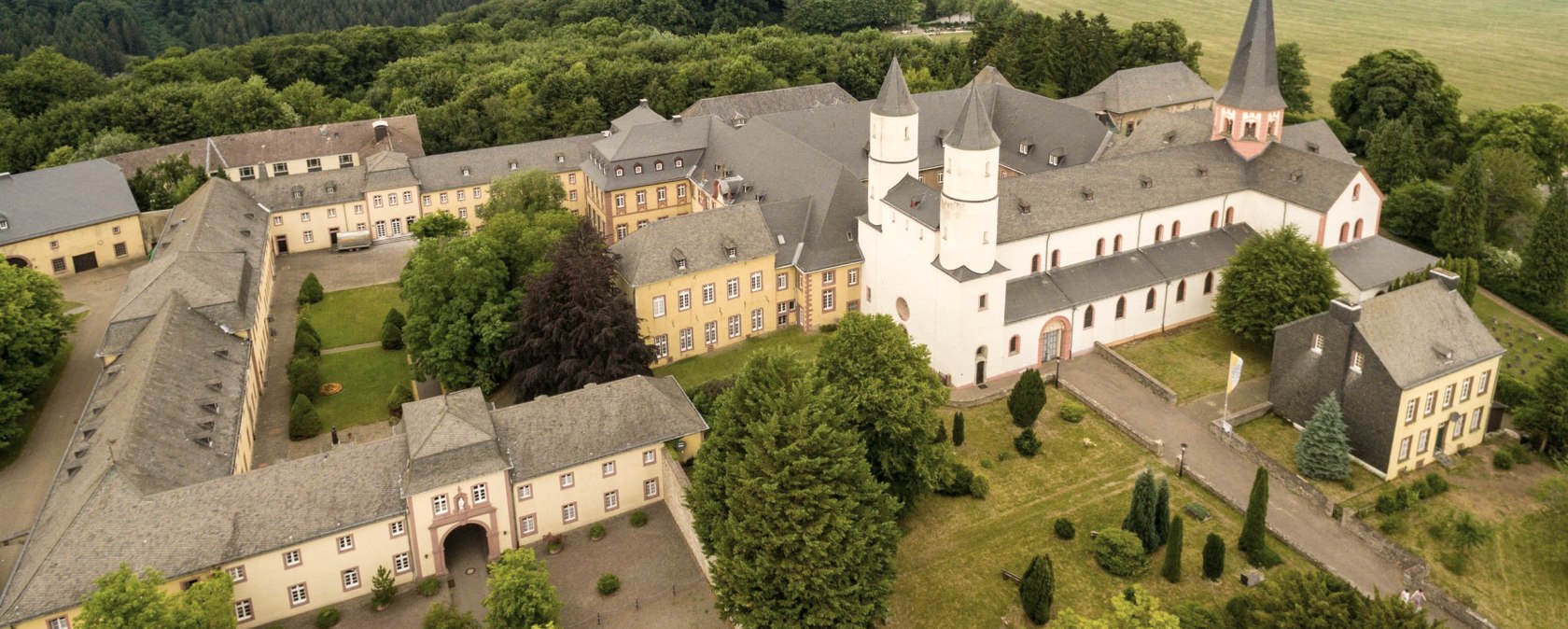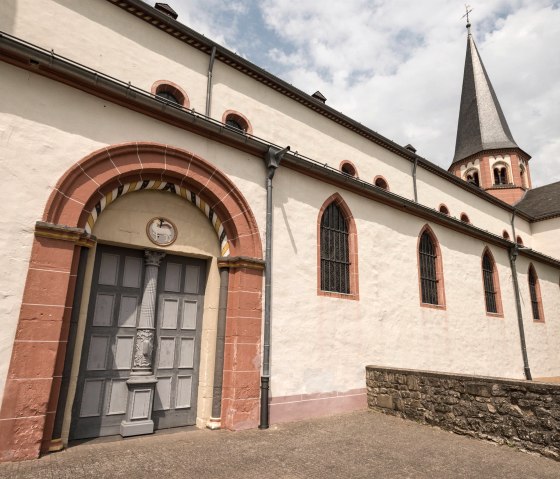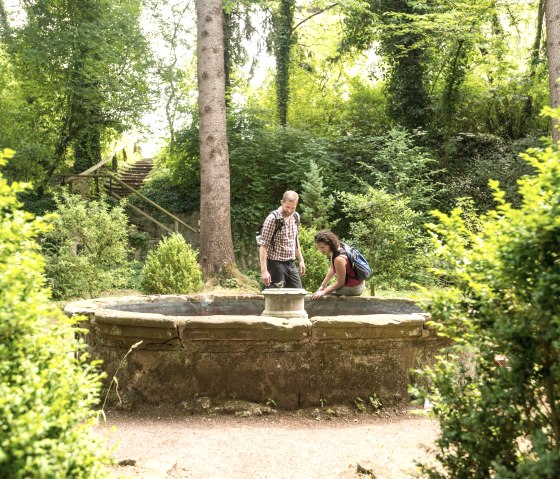Salvatorianer Kloster Steinfeld
Kall
Visit the Salvatorian Monestry Steinfeld with three characteristic towers.
The monastery together with its Basilica belongs to the most important medieval monuments in the Rhineland. Its beginnings go back to the time of Henry I (919 - 936). The basilica attached to the monastery was built between 1142 and 1150 as one of the earliest German vaulted churches by Premonstratensians.
Inside, the late Gothic vault paintings of the painter Hubert von Aachen and a rich baroque decoration have been preserved. The basilica is world-famous for its unique royal organ from 1727 as well as the mortal remains of Saint Hermann Josef. Today pilgrims put apples on his sarcophagus.
After secularization in 1802, Steinfeld Monastery served secular purposes until it was taken over by the Order of the Salvatorians in 1923. Today you will find there the academy Kloster Steinfeld, an educational and guest house as well as a grammar school. The monastery in its entire complex is considered one of the best preserved monastic monuments in the Rhineland and is located directly on the Eifelsteig hiking trail. Explore the monastery grounds or relax in the centuries-old monastery garden with its natural cathedral and walk-in labyrinth. The guesthouse on four-star level invites you to stay longer.









